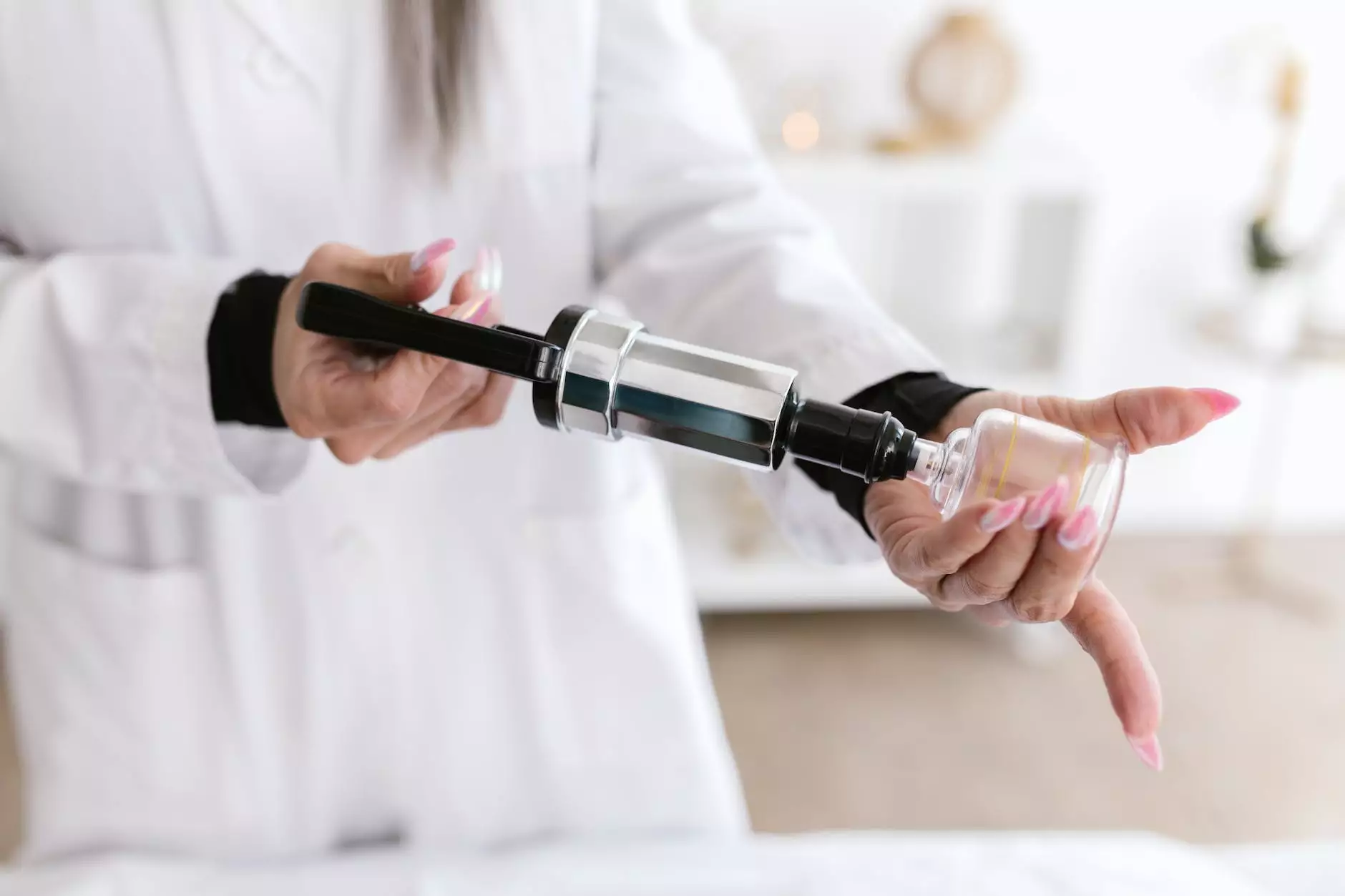Understanding T2 T3 Spine Pain: Causes, Treatments, and Rehabilitation

Spinal health is a crucial aspect of overall well-being. Among the various segments of the spine, the thoracic region, specifically the T2 and T3 vertebrae, plays an essential role in protecting the spinal cord and supporting the upper body. However, pain in the T2 T3 area can significantly affect one’s quality of life. This article delves deep into the nature of T2 T3 spine pain, its causes, symptoms, and the best treatment options available.
What is T2 T3 Spine Pain?
The thoracic spine, located in the upper back, consists of twelve vertebrae, labeled T1 through T12. These vertebrae are connected to the rib cage, providing stability and support while allowing for some movement. Specifically, the T2 and T3 vertebrae are positioned just below the neck and above the mid-back region. Pain associated with these vertebrae can be referred to as T2 T3 spine pain and can originate from various sources.
Understanding the Anatomy of the T2 and T3 Vertebrae
The T2 and T3 vertebrae serve multiple functions in the body:
- Protection: They protect the spinal cord and the nerves that branch out from it.
- Support: They provide structural support for the upper body and facilitate movement.
- Connection: They serve as attachment points for muscles and ligaments that aid in movement and stability.
Common Causes of T2 T3 Spine Pain
T2 T3 spine pain can arise from various factors. Understanding these causes is crucial for effective management and treatment.
1. Muscular Strain
Muscle strain due to heavy lifting, awkward sleeping positions, or poor posture can lead to discomfort in the T2 and T3 regions. Common signs include stiffness and localized pain.
2. Herniated Discs
A herniated disc occurs when the cushioning disc between vertebrae bulges or ruptures, leading to nerve compression. This condition can result in severe pain and discomfort in the thoracic spine.
3. Spinal Stenosis
Spinal stenosis is a condition that involves the narrowing of the spinal canal, which can put pressure on the spinal cord and nerves, leading to pain and discomfort in the T2 and T3 regions.
4. Osteoarthritis
This degenerative joint disease can affect the vertebrae, causing inflammation and pain. Over time, the cartilage wears away, leading to pain in the thoracic spine.
5. Postural Problems
Prolonged periods of poor posture, whether from sitting at a desk or through other daily activities, can strain the muscles and ligaments around the thoracic spine, leading to pain in the T2 and T3 areas.
Symptoms of T2 T3 Spine Pain
Identifying the symptoms of T2 T3 spine pain is vital for obtaining the right treatment. Common symptoms include:
- Dull or sharp pain: This may vary in intensity and can occur sporadically or be constant.
- Muscle tightness: Often accompanied by a feeling of stiffness in the upper back.
- Numbness or tingling: This can radiate down the arms if nerve compression occurs.
- Limited mobility: Difficulty in bending or twisting can significantly affect everyday activities.
Treatment Options for T2 T3 Spine Pain
Effective management and treatment of T2 T3 spine pain involve multiple approaches tailored to the individual's specific condition and needs.
1. Chiropractic Care
Chiropractic care is a natural and holistic approach to managing spine pain. Chiropractors focus on the alignment of the spine, ensuring that the vertebrae are correctly positioned to alleviate pressure on the nerves and surrounding tissues. Depending on the underlying cause, treatment may include:
- Spinal Manipulation: Adjustments to realign the spine and improve mobility.
- Therapeutic Exercises: Customized exercises that strengthen the back muscles and improve flexibility.
- Posture Correction: Guidance on maintaining proper posture throughout daily activities.
2. Physical Therapy
Physical therapy is invaluable in the rehabilitation of T2 T3 spine pain. Physical therapists develop personalized exercise and rehabilitation programs aimed at strengthening core muscles, improving flexibility, and enhancing overall function.
3. Medications
Over-the-counter pain relievers like ibuprofen or acetaminophen can be effective for managing inflammation and pain associated with T2 T3 spine issues. In some cases, a doctor may prescribe stronger medications for more severe pain.
4. Massage Therapy
Massage therapy can help alleviate muscle tension and improve blood circulation in the affected area, providing relief from pain.
5. Lifestyle Modifications
Incorporating healthy lifestyle changes can significantly enhance spinal health. Consider the following:
- Exercise Regularly: Engaging in exercises that strengthen the back and core can provide long-term relief.
- Maintain Good Posture: Conscious attention to posture can prevent exacerbation of pain.
- Ergonomic Adjustments: If you sit for long periods, use ergonomic furniture that promotes spinal health.
Preventing T2 T3 Spine Pain
Prevention is always better than treatment. Here are several strategies to help prevent T2 T3 spine pain:
- Warm-Up Before Activities: Always warm up before engaging in physical activities to prepare your muscles.
- Practice Regular Stretching: Stretching can enhance flexibility and reduce the risk of muscle strains.
- Balance Work and Rest: Avoid prolonged periods of inactivity or repetitive activities without breaks.
- Stay Hydrated: Proper hydration helps maintain the flexibility and health of spinal disks.
Conclusion
T2 T3 spine pain can stem from various causes and significantly affect daily life. However, understanding its nature and implementing effective treatment and prevention strategies can lead to considerable improvement. As part of your journey towards healing, don’t hesitate to seek help from healthcare professionals, particularly those specialized in chiropractic care like those found on iaom-us.com. They can provide expertise and support tailored specifically to your condition, allowing you to regain control over your spinal health and overall well-being.
Prioritizing education, prevention, and appropriate treatment options can greatly alleviate the burden of T2 T3 spine pain and empower individuals to lead healthier, pain-free lives.









